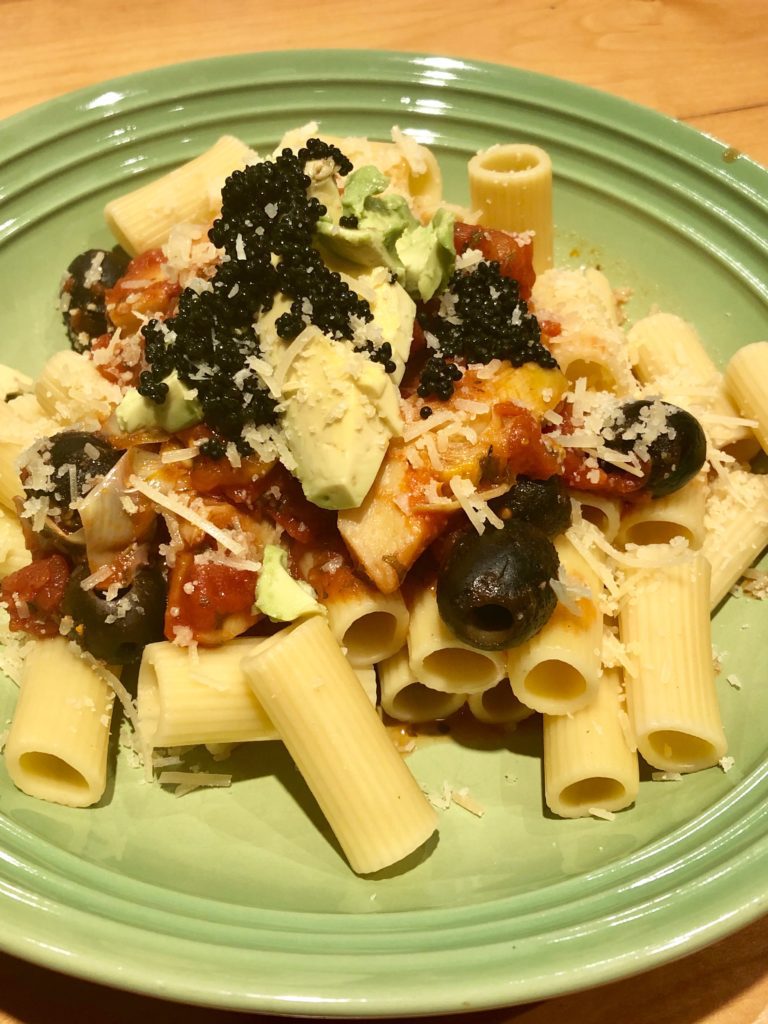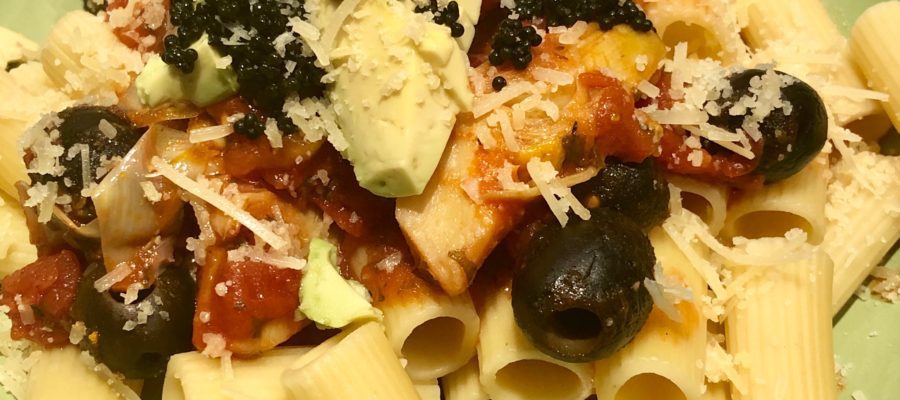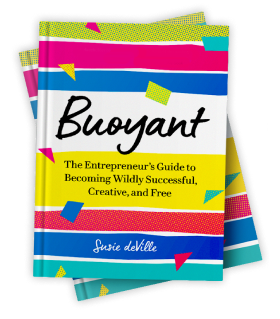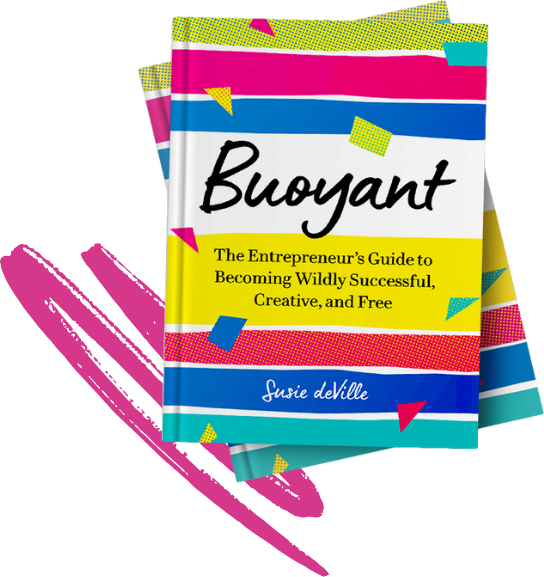The question is not what you look at, but what you see.” ~ Henry David Thoreau
The other day I tallied up the approximate number of batches of puttanesca sauce I have made over the course of my life. I landed on somewhere around the number 3,500! By Malcolm Gladwell standards, I have hit mastery status via his (now-disputed) “10,000-hours rule.”
For all you casual chefs out there, you know when it comes to perfecting certain Italian or French sauces, you can absolutely follow a recipe a dozen times and have each batch come out a dozen different ways.
There is much more to what is happening in that sauce than the simple combining of ingredients. How long you let garlic gently sizzle in olive oil (and at what temperature) determines how much of the flavor is coaxed out of each roe-sized piece. The sourcing of the olive oil, olives, tomatoes, artichoke hearts, and capers can push your tomato base in this direction or that. How you add fresh basil (are the leaves sliced, hand shredded, or whole?) nudges the sweetness forward or back.
I have found that my even my mood can impact the fullness and depth of flavors.
When I stood over my saucepan last Saturday afternoon, wooden spoon in hand watching the red elixir bubble, I could see something about my sauce was off. The viscosity was oddly a tiny bit gelatinous. I stirred, pulling up and dropping spoonsful back into the pan like a golfer scattering a few blades of grass in the wind to get clues for velocity and direction.
With my left hand on my hip, Forrest Gump style, I stood staring at the pan. Remembering my experience communing with my nearly-ruined abstract painting in Taos, I leaned forward and asked, “Tell me what you need. What do you want?”
“Pasta water.”
The rigatoni rolling in a boil had cooked to a perfect al dente firmness. I quickly turned the pot into a colander and simultaneously captured a cup of the water that streamed out of the bottom. I poured in half a cup and stirred.
The sauce responded immediately.
I poured in the second half, stirred, and tapped the spoon on the side of the pan. I turned the heat way down and walked away. Puttanesca sauces, like introverts, seem to like their privacy and space.
I returned to the kitchen an hour later. As I approached the stove, I knew immediately something magical had happened. Gently gurgling and bubbling like the ground at Yellowstone, the sauce had reduced to a dark, brick red—a hue I had never seen in a puttanesca sauce.
I lifted a tasting spoon to my mouth, blew a cooling breath, and slurped.
Batch number 3,500 was in its own category of divine tastiness. A dozen layered flavors touched down simultaneously, complete with a robust, wine-like finish. Aside from a Béchamel sauce, I made in a culinary class in Paris, this was the clear front runner in my sauce hall of fame.

Once plated over the pasta, I topped the sauce with chunks of avocado, Parmigiano-Reggiano, and caviar. I didn’t just eat that dish; I let it transport me across the decades to all my favorite times I cooked and enjoyed puttanesca sauce: in my boyfriend’s tiny apartment in Boston’s North End, at our shared house in Brookline, in his mom’s kitchen in Albany (with her giving us cooking secrets over our shoulders), and at our flat in London.
When our relationship ended, I continued making the sauce, and each time was bittersweet for years. Now, just like a well-reduced sauce, the bitter has long cooked out and only sweet remains.
I smile now when I see his 6′ 6″ lanky frame hunched over the cutting board in my mind’s eye. Of all the lessons he taught me, “follow the lead of whatever you are making” has been like pasta water during my creative journey—bridging the gap between forcing and allowing.










